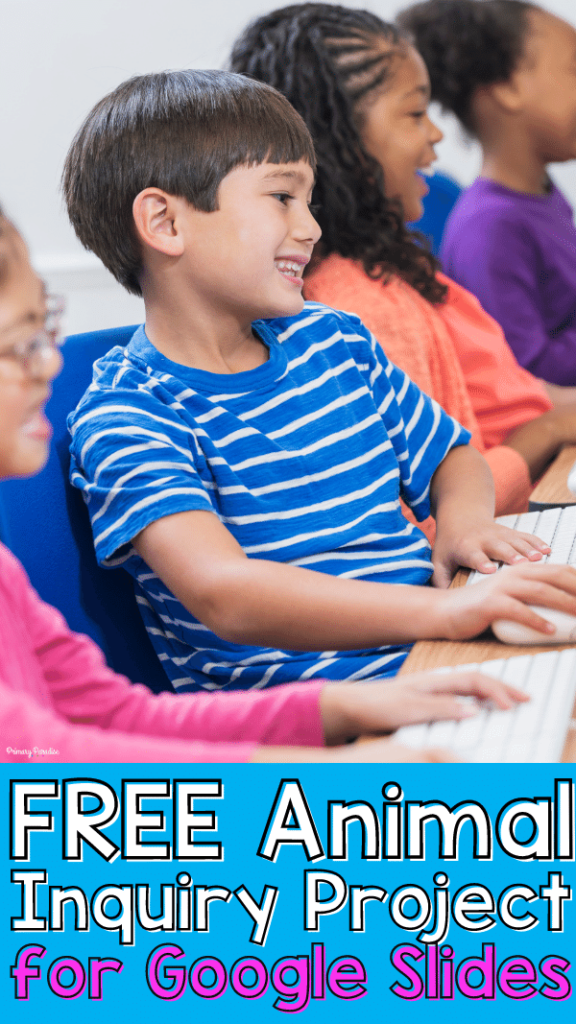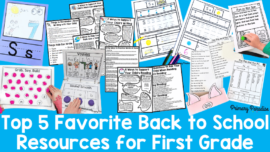Inquiry based lessons are a great way to help students build important learning and life skill, creating meaningful learning opportunities, and create global minded students. Here is a free animal inquiry project that is versatile, open ended, and fun.
Animal Inquiry Project
If you’re an IB teacher, one of your goals is to help your students become global citizens. If you’re not an IB teacher, one of your goals should still be to help students become global citizens. Why? Because your students have to live in a very global, very interconnected world. In this project, students will use Google Slides to research a question about an animal. This project will be completed in pairs or small groups, and will focus on important learner profile skills such as inquiring, thinking, gaining knowledge, communicating, having principles, and caring for others.
How to Complete this Inquiry Project
Although this project focuses on animals, you could take these steps and use it with almost any topic. It doesn’t just have to be animals. However, this project works well with animals because students tend to really enjoy learning about animals and it’s a simple and easy topic to work with. Here are the simple steps to this open ended, student centered project.
1. Pick an Inquiry Topic
Start off my having your students pick the animal they want to learn more about. Each group can pick a different animal. In fact, the wider the variety, the more interesting the project will be.
2. Ask a Why Question
Once students have picked their animal, they need to come up with a why question. The most important part of the question is that it’s not an easily answered question. It should be an open ended question. This is the reason why questions tend to work best. How questions can also work depending on the question. You’re not looking for something like, “Do spiders have 8 legs?”. Instead you want a question like, “Why do spiders build webs?” or “How do spiders adapt to living in different environments?”
3. Research Your Inquiry Topic
Next, students will begin researching to answer their question. They can research in books and magazines that you have in your classroom or school library, or they can also research online. In the free template for this project, I’ve provided a list of resources that you can use. One of the most helpful websites I’ve found is National Geographic Kids.

This website is wonderful for younger students especially. It’s broken down in a way that makes it very easy for students to find the information they’re looking for.
4. Complete Your Google Slides Inquiry Log
From the beginning of the project, students will use their inquiry log on Google Slides to keep track of their learning. This template allows students to note their questions, keep track of the information they learn, and complete it throughout the project. The log is designed in a way to require students to not just regurgitate new knowledge, but to help them think about what they think, why they think it, and what they’ve learned.
The other important thing to note about this project is that students might not find an answer to their question, and that’s okay. Of course, we hope they find an answer, but just the process of researching and gaining new knowledge is beneficial.
5. Present Your Learning Learning
Once students have completed their research, they will present their information to the class. The best part of this project is that their inquiry log becomes their presentation. So, as they’re learning, they’re also preparing their presentation. Give the other students an opportunity to respond to their peers projects, and watch how much they’ve learned!
Free Animal Inquiry Template
This simple inquiry project is a meaningful way to help students build global citizenship skills. You can find the ready to go template for this project in my free resource library for email subscribers. Click the picture below to access it if you’re already a subscriber. If you’re not, enter your email below, and then check your email for the password once you confirm.





